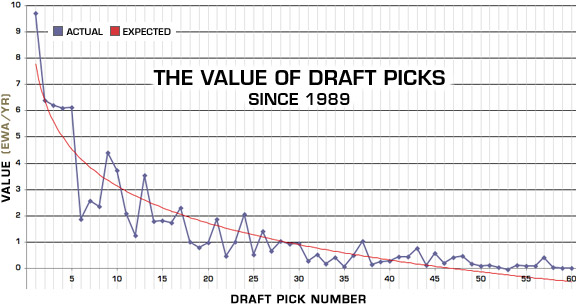Sports + Numbers Prediction: "I would think the returns to inequality are high here, but not exactly as a proxy for having stars. The NFL’s cap structure essentially forces teams to play rookies and younger, pre-contract extension players heavily and supplement them with selected veterans. The catch is that nearly all teams have a big young player population so the difference between one that works out and one that doesn’t might not be visible in the salary distribution."
The data
To see the impact of inequality we will look at each team’s Gini coefficient against their winning percentage, controlling for team spending. The resulting equation gives us an r-squared value of 0.07 with only salary spending being significant (P-value of 0.0007) while the Gini coefficient comes in at a P-value of 0.57.
 |
| Payroll and Winning % |
 |
| Gini and Winning % |
On inequality the coefficient is -0.17. Even though the P-value tells us this that Gini is insignificant, the fact that the variance from perfect equality to perfect inequality is slightly less than three wins should tell us all we need to know.
 |
| Gini and Payroll, color coded by winning percentage |



